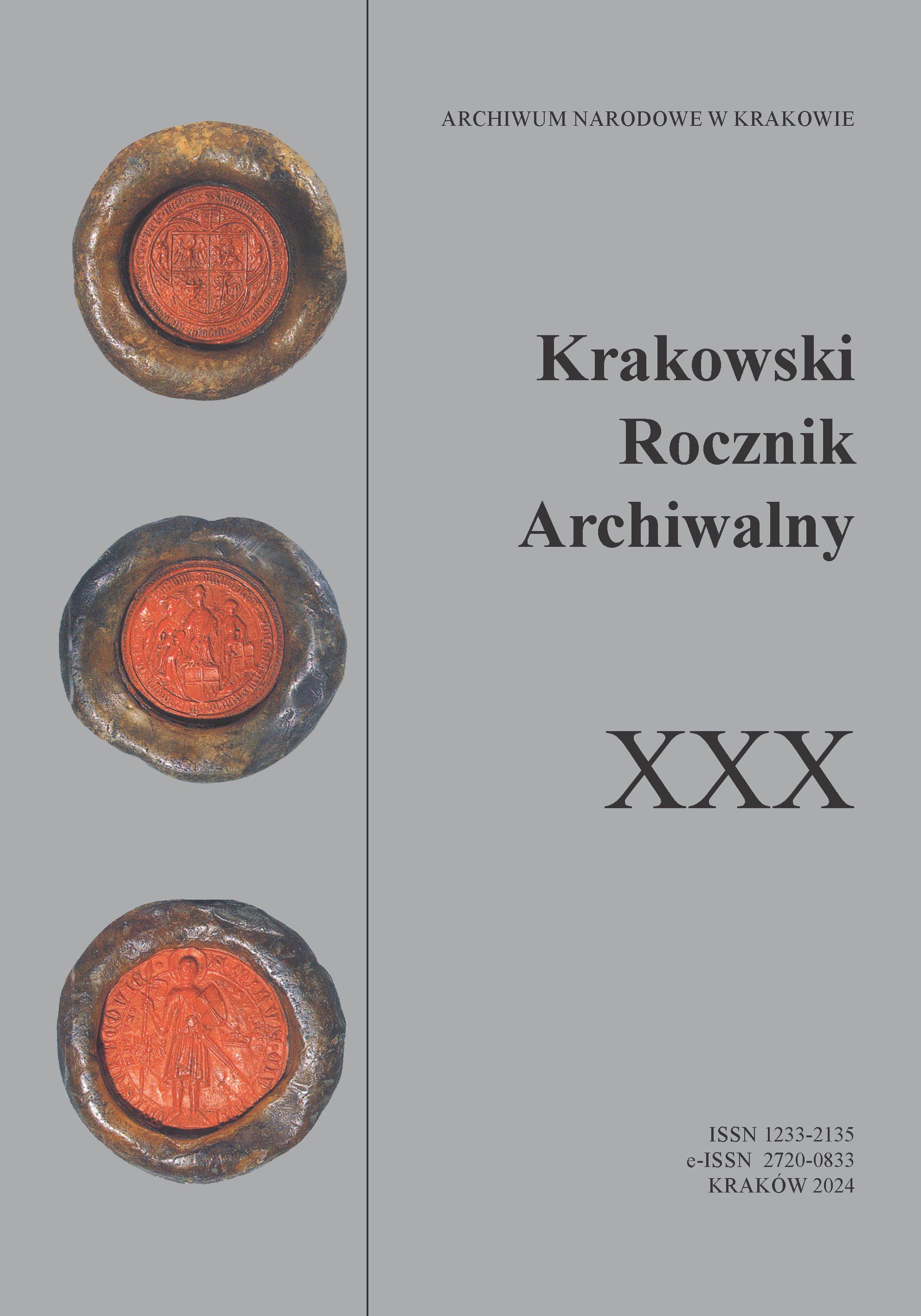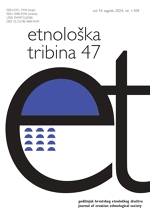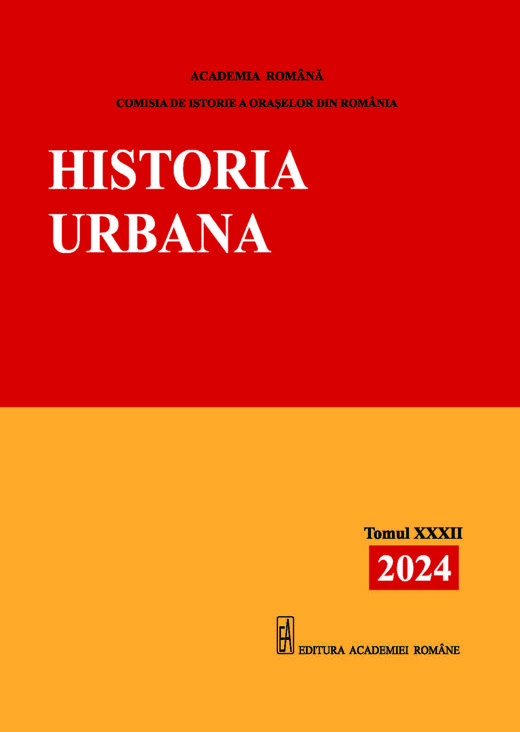Author(s): Laurențiu Rădvan,Mădălin Focșa / Language(s): Romanian
Issue: 32/2024
Since 1770, the history of Wallachia has been enriched with a new type of source, one coming from cartography, the urban plans. The oldest maps of a local city were those of the capital of Bucharest and date back to the Russian-Turkish war of 1768–1774; the reasons for the topographical survey were not of geographical or historical interest but were based on the need of the armies involved in the war to know as well as possible the occupied territory. While the first three plans were drawn up by the Russian army surveyors before the Kuciuk-Kainardji peace treaty of 1774, in the next war, from 1788–1792, the concern to know the plan of the city shifted to the Austrian army surveyors. The plans of Ernst and Purcel (1789, 1791) make a great step forward in terms of rendering the topography of the city, but further progress is made in the next war, from 1806–1812, by Russian engineers with two new plans. All these plans were taken to Petersburg, Moscow, or Vienna, so the local authorities had no detailed plans for Bucharest. Historians know of an order given by Prince Alexander Suțu to the engineer Johann Freywald in 1819 to draw up a plan, but another engineer from Austria, Moritz von Ott, seems to have been in charge of this mission. The plan was believed to have been completed in 1823 and subsequently lost; a damaged version was found in the 1980s by Paul Păltănea in Galați. Recent research has led to the discovery of the plan at the State Library in Berlin (Staatsbibliothek zu Berlin). The map was made by Moritz von Ott in 1820 and contains valuable data on the extent of the town, the main buildings (churches, monasteries, and houses of the great boyars), and the administrative organization. As a copy of the plan came into the possession of the Prussian consul in Bucharest, Ludwig Kreuchely von Schwerdtberg, he added some notes referring to places connected with the events of 1821 in Wallachia and the Filiki Eteria movement.
Even more surprising was the discovery in the same Berlin library of a plan for the city of Târgoviște, also made in 1820 by Moritz von Ott. In this case, too, we believe that the plan was made by order of Alexandru Suțu, who had given the estate of this town to his daughter Catinca as a dowry for her marriage to the great boyar Manolache Băleanu. Ott sketched the town and paid attention to the surroundings, which were part of the estate. Here, too, a copy of the plan reached Ludwig Kreuchely, who additionally noted the old fortifications of the town, which Alexander Ypsilantis, the leader of the Eteria, rebuilt in the spring of 1821.
The two plans discovered in the Berlin State Library complete the picture we have of the two important cities of Wallachia. If Bucharest was the capital and was in the process of development and modernization, Târgoviște was in the opposite situation, with many of its monuments in decay and ruin, the two plans being illustrative in this respect. The documents analysed are also valuable from another point of view: for Bucharest the first plan made by an engineer at the request of the local authorities was (re)discovered, while for Târgoviște Moritz von Ott’s plan represents the first known plan of the city. Their research represents a necessary restitution, which introduces new data into academia and is useful for historians, geographers, architects, and town planners.
More...



